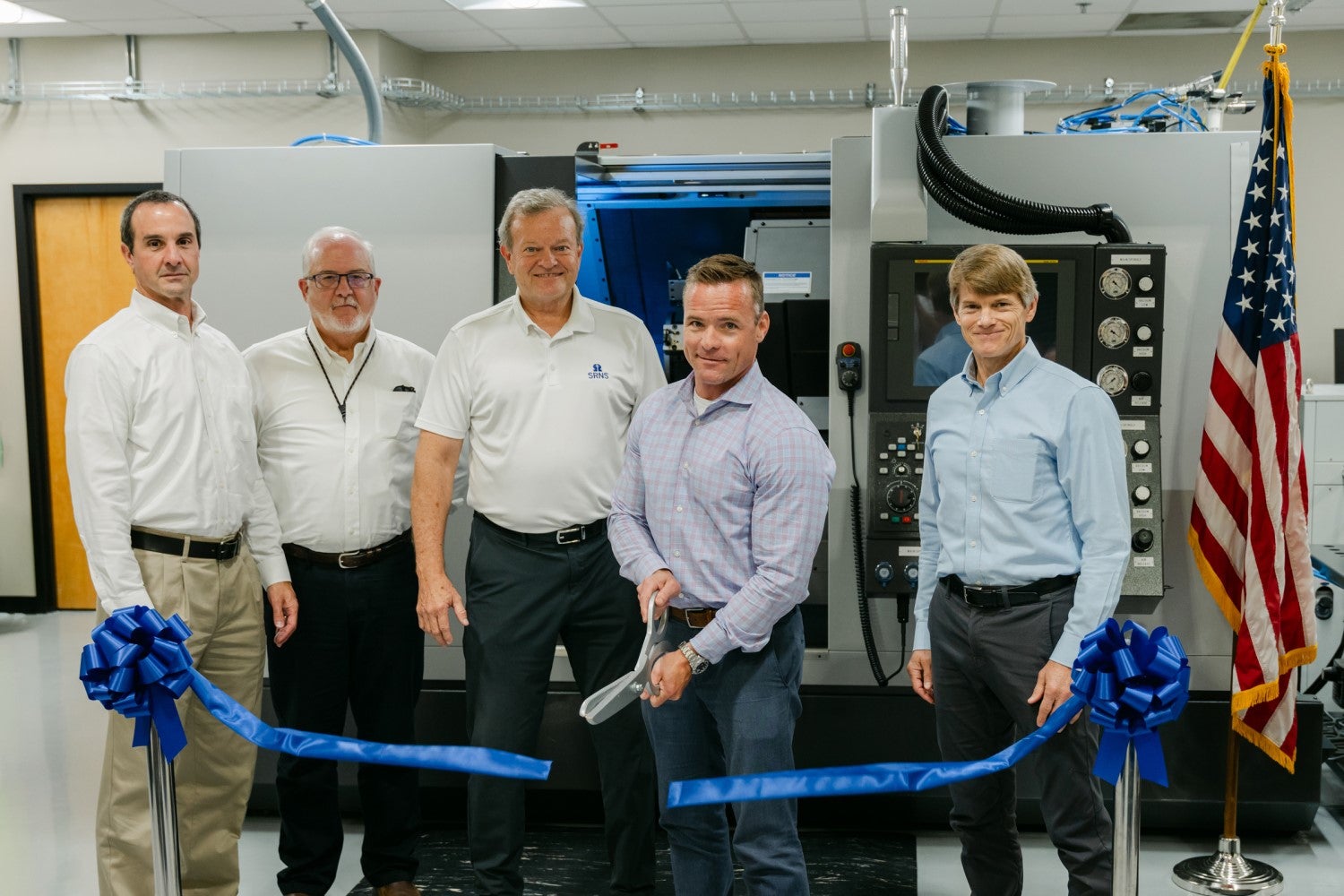Operators at the Savannah River Site (SRS) will be able gain skills and proficiencies with the opening of the Machining Training Center (MTC).
The MTC will be used for teaching critical skills in different machining tool operations for training in an unclassified, non-nuclear setting. These skills can be used in different ways on-site, including National Nuclear Security Administration (NNSA) national security missions.
“The MTC is the first stop on the path to teaching the critical skills and developing the proficiencies future operators will need,” said Jason Burkhardt, NNSA Director for SRS Plutonium Modernization. “Investing in this facility demonstrates NNSA’s commitment to partnering with SRS to cultivate a workforce capable of positively impacting the local, national and global security landscape.”
The MTC will be an important training platform for future SRS personnel. Once operators have established proficiency, they will transfer to other areas of the Site for further job-specific training and development.
“The Machining Training Center will play a key role in expanding SRS national security missions,” said Dennis Carr, Savannah River Nuclear Solutions (SRNS) President and Chief Executive Officer. “Bringing this facility online is an important investment in the science and technology required to maintain a safe, reliable, effective nuclear stockpile. SRS remains committed to making the world safer.”
The training experience initiated at the MTC is expected to help reduce the time required to achieve operator proficiency by developing skills in a dedicated training setting instead of a traditional operations environment.
“The Savannah River Site has a long history of producing both tritium and plutonium,” said Dr. Marvin Adams, NNSA Deputy Administrator for Defense Programs. “Now, SRS is being called on to deliver components that contain tritium and plutonium into the future as far as we can foresee. NNSA, the Department of Defense and the Nation will continue to depend on SRS to consistently deliver on these high-priority missions.”








